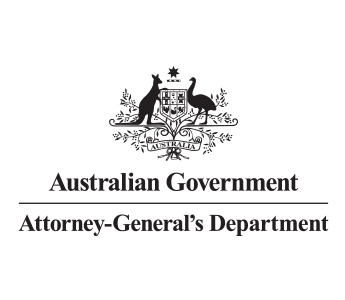Reconcile records
Summary
Reconcile records to make sure that two sets of records (usually the balances of 2 accounts) match. Reconciling records and accounts can detect if something is different from what is standard, normal, or expected, which may indicate fraud.
Why this countermeasure matters
A lack of record and account reconciliation may lead to:
- fraudsters feeling more confident their actions will not be detected
- high levels of non-compliance or errors due to inconsistent and unclear processes, rules and decision-making
- less transparency over the actions and decisions of staff and third parties
- fraud or corrupt activity going unnoticed or unchallenged.
How you might apply this countermeasure
Some ways to implement this countermeasure include reconciling records by comparing:
- travel approvals each month with the trips booked using a travel vendor
- credit card expenses with receipts
- overtime budgets against spending
- assets ordered versus assets received.
How to check if your countermeasures are effective
Here are some ways to measure the effectiveness of this type of countermeasure:
- confirm that the reconciliation is segregated from the processing. Make sure that one staff member cannot process and reconcile the same activity
- review who has access to complete reconciliations
- walk through the process with a staff member while they complete a reconciliation
- confirm a consistent reconciliation process exists
- confirm that records cannot be manipulated
- review the process to determine if it would identify different methods of fraud
- conduct interviews, workshops or surveys with staff who complete reconciliations to measure their understanding and thoughts about fraud control policies
- check if and how reconciliation results are reported.
Related countermeasures
This type of countermeasure is supported by:
Verify any requests or claim information you receive with an independent and credible source.
Have processes in place to prevent, identify and correct duplicate records, identities, requests or claims.
Match data with the authoritative source and verify relevant details or supporting evidence.
Services such as the Identity Matching Service can be used to verify identity credentials back to the authoritative source when the information is an Australian or state and territory government issued identity credential.
This countermeasure is supported by the Office of the Australian Information Commissioner's Guidelines on data matching in Australian government administration.
Internal or external audits or reviews evaluate the process, purpose and outcome of activities. Clients, public officials or contractors can take advantage of weaknesses in government programs and systems to commit fraud, act corruptly, and avoid exposure.
Capture documents and other evidence for requests, claims and activities to detect, analyse, investigate and disrupt fraudulent activity.


